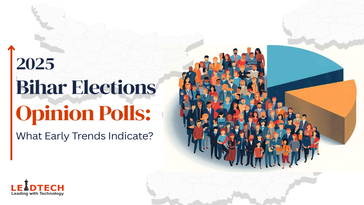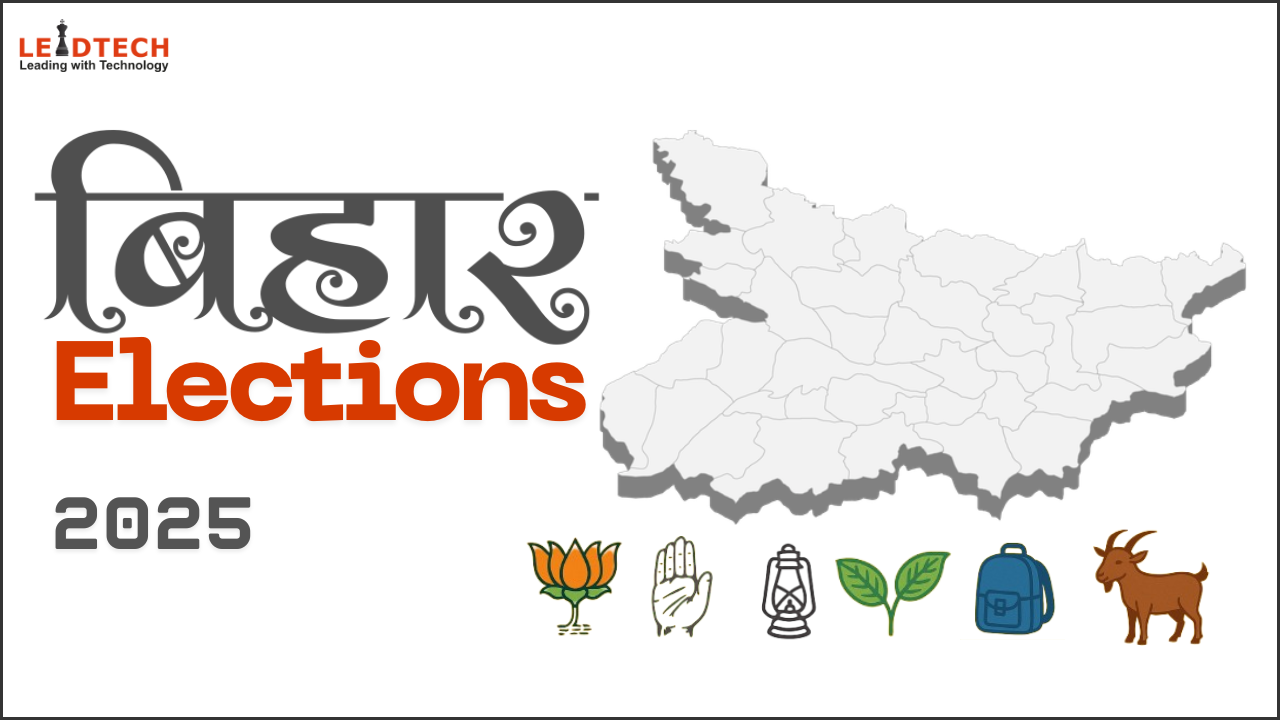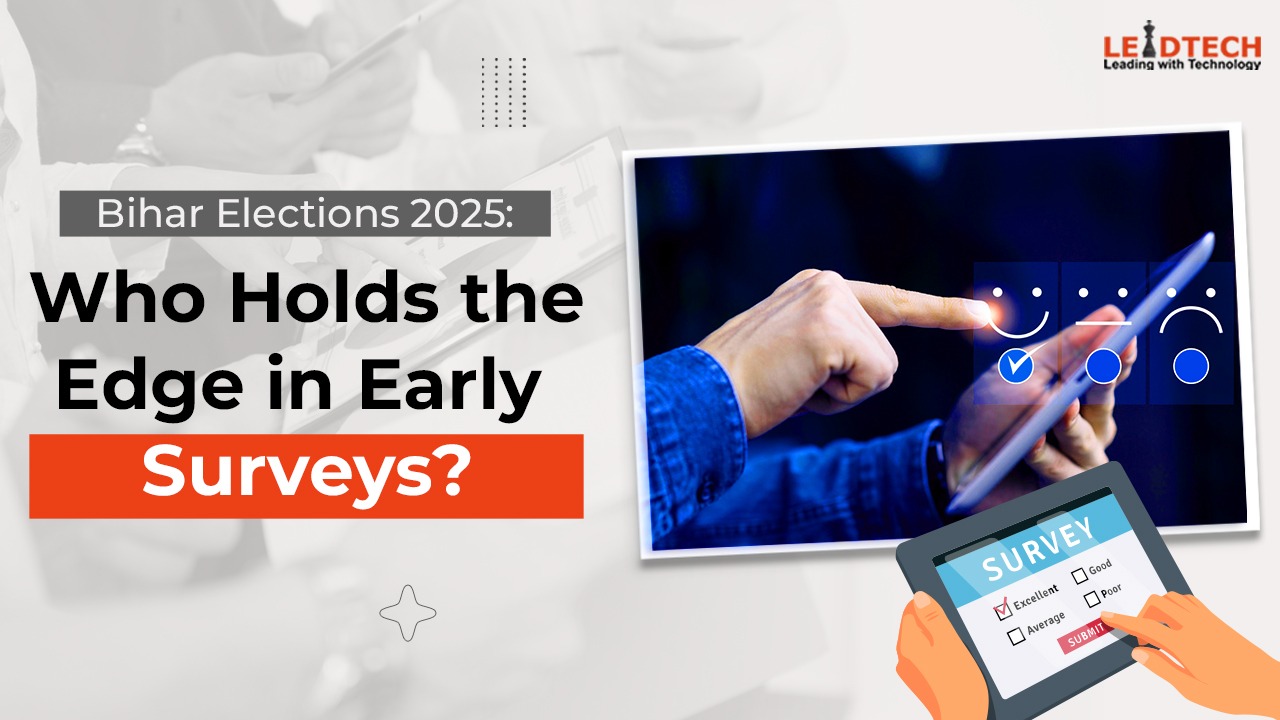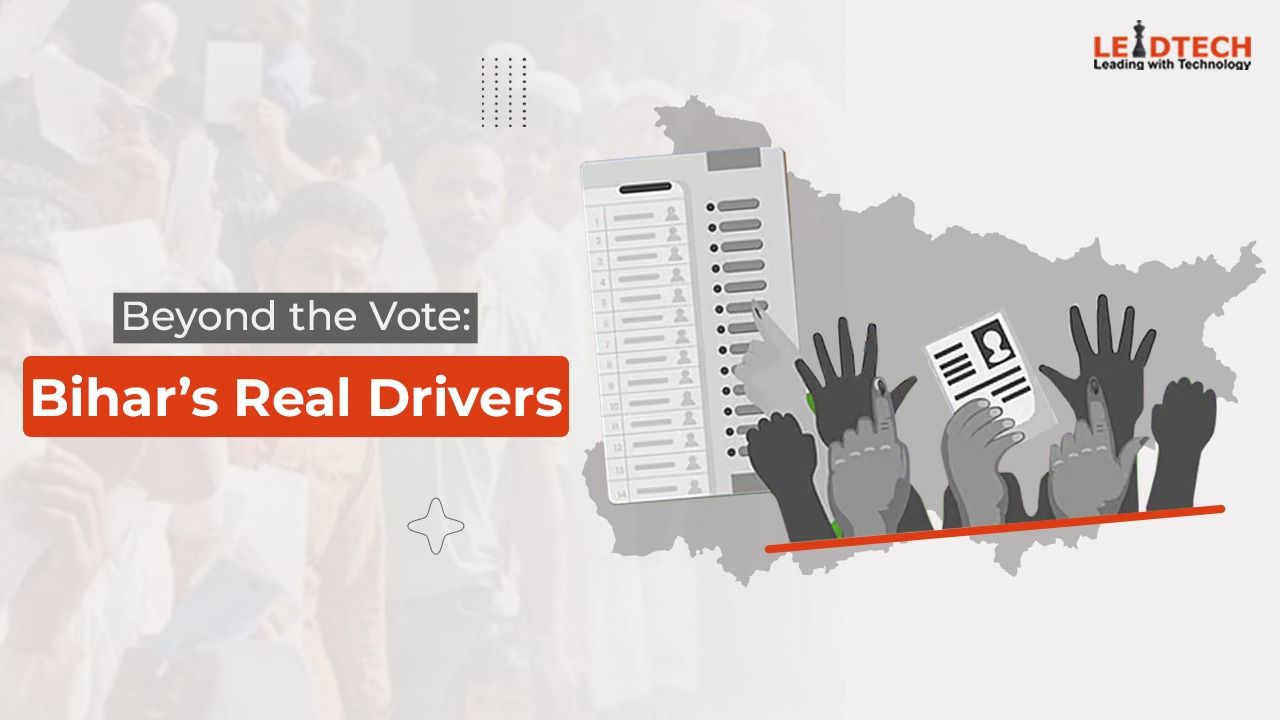
In the ever-changing landscape of politics, one truth remains constant: voters are not to be taken for
granted. Their opinions are fluid, their preferences can shift in the blink of an eye, and a change in
circumstances can alter their decision-making process. This makes it essential for political leaders and
parties to keep a close, ongoing relationship with their voters. A concept that has emerged as an effective
means of voter engagement is Jan Sampark – a campaign model that emphasizes direct communication,
frequent interactions, and timely responsiveness.
The Importance of Jan Sampark
Jan Sampark, meaning “people’s contact,” isn’t just about leaders showing up for rallies or events during
election time. It’s about creating a lasting, genuine connection with the people you represent. Leaders
who invest in consistent, personal contact with voters are more likely to understand their concerns,
address their grievances, and remain relevant when election time comes around.
Voters are increasingly aware of the world around them. They are no longer solely swayed by grand
speeches or flashy rallies. In fact, their loyalty can shift unexpectedly, even with a slight change in the
political environment. Therefore, building and maintaining a rapport with voters is key to securing their
support, especially in an age where trust is constantly in flux.
Beyond Traditional Campaigns
Traditionally, campaigns were heavily reliant on face-to-face interactions. However, in today’s digital
age, Jan Sampark can extend beyond physical presence. Imagine a situation where a leader may not
physically show up at every event or in every local area. Instead, party workers and volunteers continue
to maintain contact with voters. These individuals become the link between the leader and the people,
offering a consistent reminder that the leader is present, listening, and engaged with their concerns.
This ongoing engagement is more than just a series of handshakes or photo ops. It creates a sense of
reliability and trust, where voters can easily reach out to their leaders when needed. It shows that the
leader is not just visible during election time, but is a consistent presence in the lives of those they
represent.
Social Media: A Leader’s Virtual Presence
In the modern world, social media has become an extension of a political leader’s presence. Platforms
like Twitter, Facebook, and Instagram are no longer just tools for announcements; they are a reflection
of the leader’s views, actions, and ongoing mission. A well-maintained social media page allows leaders
to connect with their audience in real-time, share their ideas, engage in meaningful dialogues, and
respond to the concerns of voters quickly.
For voters, social media is often the quickest and most direct way to know what their leaders are up to.
Whether it’s posting updates about the leader’s visits to different regions, sharing their personal views
on critical issues, or showcasing initiatives that benefit the community, social media platforms allow
voters to stay informed.
But it’s not just about broadcasting messages. Social media creates an interactive space for voters to
engage with leaders, ask questions, and voice concerns. This dynamic creates a sense of accessibility,
as voters feel that their leaders are within reach.
Why This Matters: Keeping Voters Engaged and Informed
In a fast-paced world filled with distractions, maintaining a strong connection with voters requires
persistence, creativity, and consistency. By embracing Jan Sampark, political leaders not only foster a
more engaged electorate but also ensure that their leadership remains relevant over time. Voters
appreciate the personal connection, and this strengthens their trust and loyalty.
Through constant engagement—whether through local campaigns or virtual platforms—leaders can
shape a more informed, empowered, and committed voter base. And when the time comes for elections,
the relationship that has been built through these ongoing interactions will be invaluable.
So, while it may seem tempting to focus solely on the grand spectacle of traditional campaigns,
remember that the real work happens in the day-to-day contact with voters. By staying close to the
people, understanding their grievances, and consistently making them feel heard, political leaders can
ensure their influence and support remain strong, not just for elections, but for the long-term.
Conclusion
In the end, Jan Sampark is not just about connecting with voters during election time—it’s about creating
a relationship that lasts. When leaders show up consistently, both physically and virtually, and maintain
an open line of communication, they not only ensure they are seen but also that they are heard. Voters
want to feel acknowledged, supported, and connected to their leaders. By prioritizing this ongoing
engagement, political leaders can build trust, loyalty, and a foundation for long-term success.




